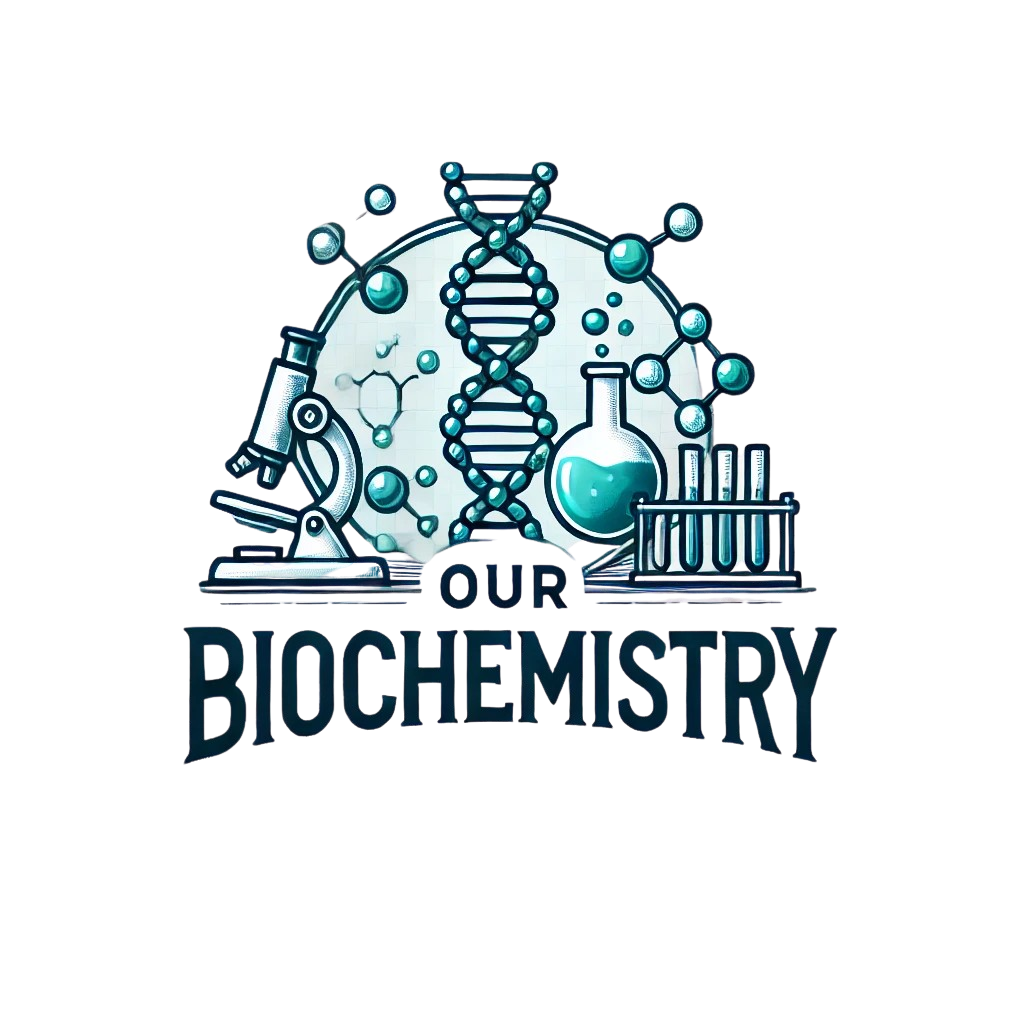Library
Acid-base balance and imbalance, water and electrolyte balance and detoxification-Multiple choice questions
- November 12, 2019
- Posted by: Namrata Chhabra
- Category: Learning resources Acid-base balance and imbalance Detoxification Library Multiple-choice questions Multiple-choice questions Multiple-choice questions Question Bank Question Bank USMLE Style questions Water and electrolytes
“Acid-Base Balance and Electrolyte MCQs: Comprehensive Quiz with Answers”
“Test your knowledge on acid-base balance, electrolyte disorders, and detoxification with this detailed multiple-choice questionnaire. Includes ABG interpretation, metabolic acidosis, and renal physiology.”
1- What is the normal physiological concentration of hydrogen ions in body fluids?
A) 40nEq/L
B) 24 mEq/L
C) 400 mEq/L
D) 7.4 nEq/L
E) 100 mEq/L
Q.2- Which of the following is not a source of hydrogen ions in the body?
A) Ingestion of Citrus fruits
B) High protein diet
C) Ingestion of red meat
D) Starvation
E) Chronic alcohol consumption
Q.3- Which of the following is the most important chemical buffer of the plasma?
A) HCO3 –/H2 CO3
B) HPO42―/H2PO4―
C) Organic Phosphate Esters
D) Proteins
E) Hemoglobin
Q.4- A primigravida in labor is breathing rapidly; what do you expect out of the following?
A) Metabolic Acidosis
B) Metabolic Alkalosis
C) Respiratory Acidosis
D) Respiratory Alkalosis
E) Mixed acid-base imbalance
Q.5- Which of the following represents the Henderson-Hassel Balch equation?
A) pH = pK + log (A–/HA)
B) pH = pK + log (HA/A–)
C) pH = pK – log(A–/HA)
D) pH = pK – log(HA/A–)
E) pH = pK + log(H+/HA)
Q.6- In which of the following conditions is the buffering effect of a buffering solution optimum?
A) pH ranges close to pKa± 2 pH units
B) Partial dissociation of acid and bases of buffer solutions
C) Complete dissociation of acid and bases of buffered solutions
D) pH = pKa
E) pH ranges close to pKa± 3pH units
Q.7- The pH of extracellular fluid must be maintained between which of the following?
A) 6 to 7.4
B) 7 to 7.2
C) 7.35 to 7.45
D) 7.5 to 8
E) 8 to 8.5
Q.8- All are true for renal handling of acids in metabolic acidosis except which of the following?
A) Hydrogen ion secretion is increased
B) Bicarbonate reabsorption is decreased
C) Urinary acidity is increased
D) Urinary ammonia is increased
E) Renal glutaminase activity is increased
Q.9- Which of the following is most appropriate for a female suffering from insulin-dependent diabetes mellitus with a pH of 7.2, HCO3–17 mmol/L, and pCO2-20 mm Hg?
A) High anion gap metabolic Acidosis
B) Metabolic Alkalosis
C) Respiratory Acidosis
D) Respiratory Alkalosis
E) Normal anion gap metabolic acidosis
Q.10-A 50-year-old homeless man was brought to the emergency room in a stuporous state. Below are his lab results: Bicarbonate 10mEq/L (24-26), pH 7.2 (7.35-7.45), PCO2 25mmHg (35-45), Alcohol 40mmol/L (0), Osmolality 370mOsm/L (280-295), Glucose 50mg/dl (60-110) BUN 40mg/dl (5-22). What is the acid-base status?
A) Metabolic acidosis and metabolic alkalosis
B) Metabolic acidosis with partial respiratory compensation
C) Respiratory acidosis and partial metabolic compensation
D) Respiratory acidosis
E) Metabolic alkalosis
Q.11- A 44-year-old man is brought to the emergency room, stuporous and obtunded. Serum chemistries are: HCO3– = 42 mEq/L; arterial pH = 7.5; PCO2 = 50mmHg. What is the acid-base status?
A) Metabolic acidosis and metabolic alkalosis
B) Metabolic acidosis with partial respiratory compensation
C) Respiratory acidosis and partial metabolic compensation
D) Respiratory acidosis
E) Metabolic alkalosis
Q.12-The medical student next to you, realizing that there is an examination question on acid-base balance, begins nervously hyperventilating and then faints. You make him breathe into a paper bag, and he recovers. If you had drawn and analyzed his blood when he fainted, you would have expected to see which of the following?
A) Decreased pH, decreased pCO2
B) Decreased pH, elevated pCO2
C) Elevated pH, decreased pCO2
D) Elevated pH, elevated pCO2
E) Normal pH, normal pCO2
Q.13- Which of the following is not an example of entoxification?
A) Conversion of methanol to formaldehyde
B) p- methyl amino benzene to p-Dimethyl amino azo benzene
C) Conversion of procarcinogens to Ultimate carcinogens
D) Conversion of Aspirin to Acetic acid and Salicylic acid
E) Conversion of Ethyl alcohol to Acetaldehyde.
Q.14- In the physiological jaundice of the newborn, due to less substrate availability and immature enzyme system, there is an impaired formation of soluble, non-toxic form of bilirubin. Which of the following represents that form of bilirubin?
A) Bilirubin Sulphate
B) Bilirubin Phosphate
C) Bilirubin diglucuronate
D) Bilirubin Acetate
E) Methylated Bilirubin
15) In phenylketonuria (a congenital disorder of phenylalanine metabolism that occurs due to a deficiency of phenylalanine hydroxylase), there is an impaired conversion of phenylalanine to tyrosine. The excess phenylalanine is detoxified and excreted in urine. Which of the following conjugating agents is used for the detoxification of phenylalanine?
A) Glutathione
B) Glutamine
C) S-Adenosyl Methionine
D) Active Sulfate (PAPS)
E) D- Glucuronic acid
16) Which of the following is not a cause of secondary dehydration?
A) Excessive sweating
B) Comatose patient
C) Vomiting
D) Diarrhea
E) Congestive heart failure
17) The urinary concentration of sodium chloride (NaCl) ranges between which of the following?
A) 2-6 G/litre
B) 4-8 G/litre
C) 5-10 G/litre
D) 6-16 G/litre
E) None of the above
18) Which of the following represents the minimum excretory volume to eliminate waste products from the body in dehydration?
A) 100-200ml
B) 200-400 ml
C) 500-600 ml
D) 1500 ml
E) 600-800 ml
19) Aldosterone acts by promoting which of the following?
A) Excretion of Potassium
B) Reabsorption of potassium
C) Reabsorption of sodium
D) Excretion of sodium
E) Reabsorption of sodium and excretion of Potassium
20) Which of the following is not a cause of hypokalemia?
A) Renal tubular acidosis
B) Cushing syndrome
C) GI losses
D) Crush injuries
E) Insulin administration
Key to answers
1)- A, 2)- A, 3)-A, 4)-D, 5)-A, 6)-A, 7)-C, 8)-B, 9)-A, 10)- B, 11)-E, 12)-C, 13)-D, 14)-C, 15)-B, 16)-B, 17)-D, 18)-C, 19)-E, 20)-D
Author:Namrata Chhabra
Leave a Reply Cancel reply
You must be logged in to post a comment.
